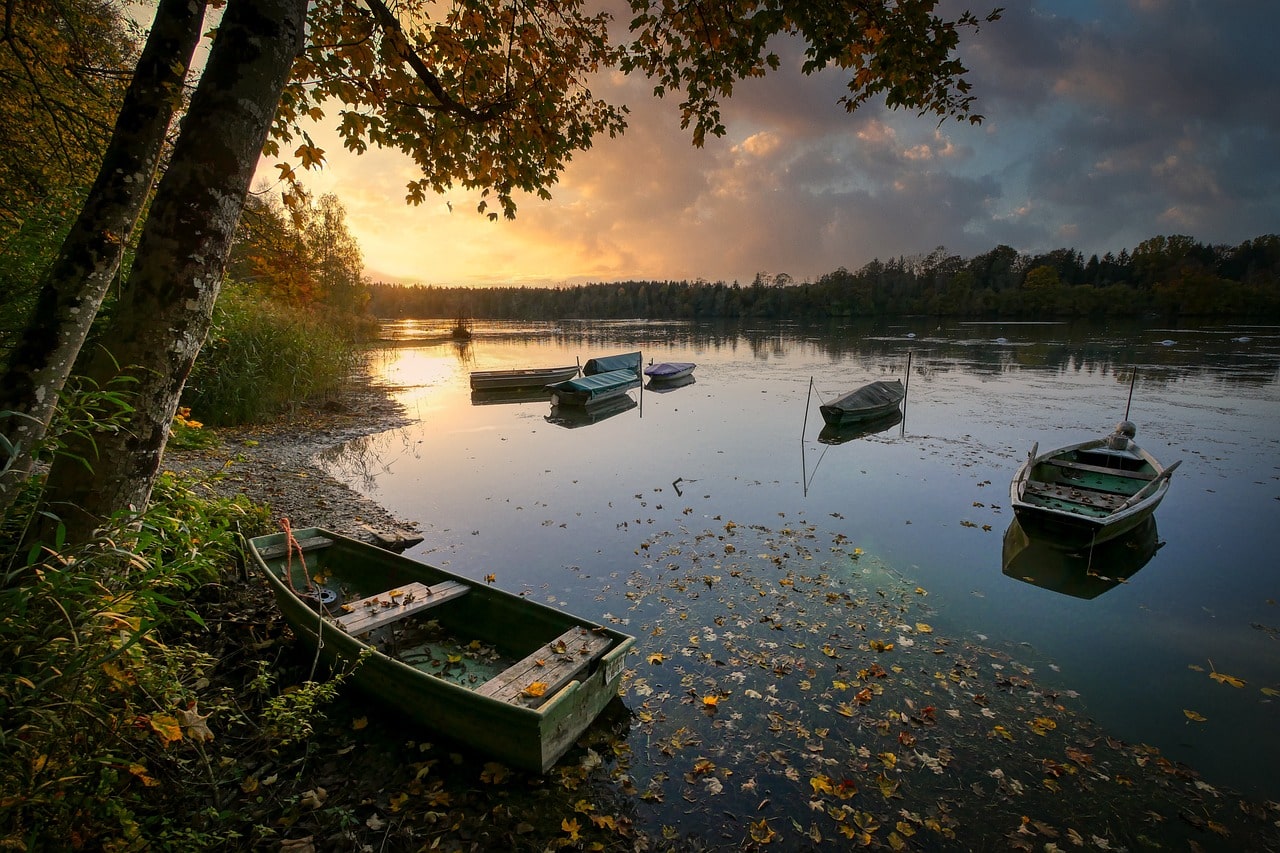Tonlé Sap, a lake in northwest Cambodia, is known as the “Great Lake.” It is one of the world’s most productive and diverse ecosystems and the largest freshwater lake in Southeast Asia. Even though there are risks from infrastructure development, deforestation, and climate change, it was declared a UNESCO Biosphere Reserve in 1997.
In the lower Mekong plain, Tonlé Sap was formed by geological activity. It varies significantly in size and depth throughout the year, expanding during the rainy season. The lake’s hydrology is complex, with water flowing from rivers, the Mekong River, and precipitation. The water level and flow dynamics are critical in shaping the landscape and ecosystem.
The lake’s basin is a mix of forests and agricultural lands, surrounded by freshwater mangroves and diverse vegetation. This supports a rich biodiversity, including 149 fish species and numerous endangered animals like the Mekong giant catfish and Siamese crocodile. The lake’s ecosystem is crucial in regulating floods and supporting the Mekong Delta during the dry season.
Tonlé Sap supports a vital fishery essential for Cambodia’s protein intake. Around 1.2 million people live in the lake area, contributing significantly to the country’s annual freshwater fish catch. Fishing practices are traditional, and the lake area is known for its floating villages, which Cambodians of Vietnamese origin predominantly inhabit. These communities have a long history of fishing in the lake, providing a critical supply of fish to the country’s markets.

